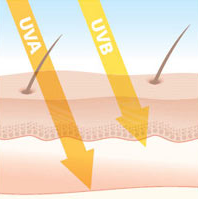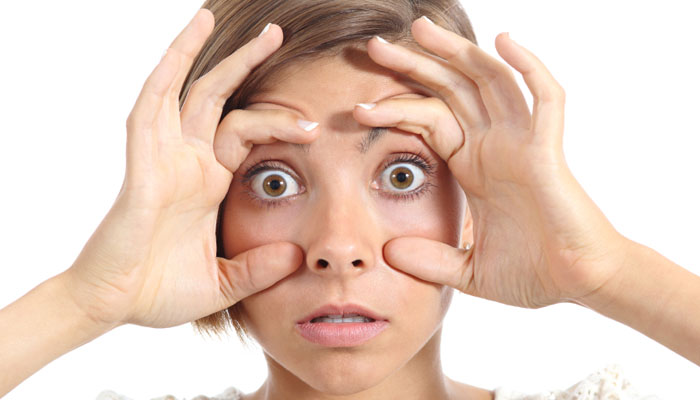Women have known about – and hated – cellulite for decades. But as common as it is, there’s still a great deal of distortion out there on what causes it and how to treat it. So before scheduling an invasive surgical procedure or spending a fortune on “magical” creams, gels, scrubs, loofahs and body wraps, here are some real facts about cellulite.
LOSING WEIGHT DOES NOT CURE CELLULITE
While carrying more body fat does tend to make the appearance of cellulite more pronounced, the connective tissue beneath the skin – which is a network of collagen fibers – stays stretched, and your problem areas will still have a somewhat less obvious dimpled, “orange peel” appearance. Genetics, age and hormonal changes all affect how much cellulite you have. It doesn’t matter how many pounds you lose – if you’re predisposed to develop cellulite – you will.
NON-INVASIVE CELLULITE TREATMENTS DO WORK
When cellulite is your problem, liposuction might not be the solution. In fact, there’s a very real possibility that the procedure could make fat distribution more irregular, further enhancing – not reducing – the appearance of cellulite.
In a nearly continuous series of more than 100 international scientific studies since 1991, medical personnel and scientists have recorded the positive effects of endermologie®® treatments on the appearance of cellulite.
THERE ARE THREE TYPES OF CELLULITE
While the term cellulite is commonly used as a blanket description, there are actually three types of levels of the annoying, but non-threatening condition. Knowing which type you have will go a long way toward seeking out the proper treatment.
- Adipose cellulite is what most people commonly develop; it’s soft to the touch and sits near the skin surface, making it easy to treat.
- Oedematous cellulite is a somewhat rare type of cellulite that normally affects younger people. It’s triggered by a very sedentary lifestyle with insufficient physical activity.
- Fibrotic cellulite tends to appear on firmer skin and is far less visible. Because it develops close to muscle tissue, it can be harder to treat.
UV RAYS AFFECT THE APPEARANCE OF CELLULITE
It may seem ironic that most women start endermologie treatments well in advance of summer in order to look good at the beach. The reality is that the sun does more damage to the skin, the aging process and collagen than many other lifestyle choices. So, always remember to slather on at least an SPF 15 sunscreen every time you leave the house.
Although preventing cellulite may be difficult, it’s more than reasonable to pursue a healthy lifestyle. Getting plenty of rest, eating a healthy, well-rounded diet along with a consistent exercise regimen, a planned program of endermologie treatments and good hydration will go a long way in controlling the appearance of cellulite.


